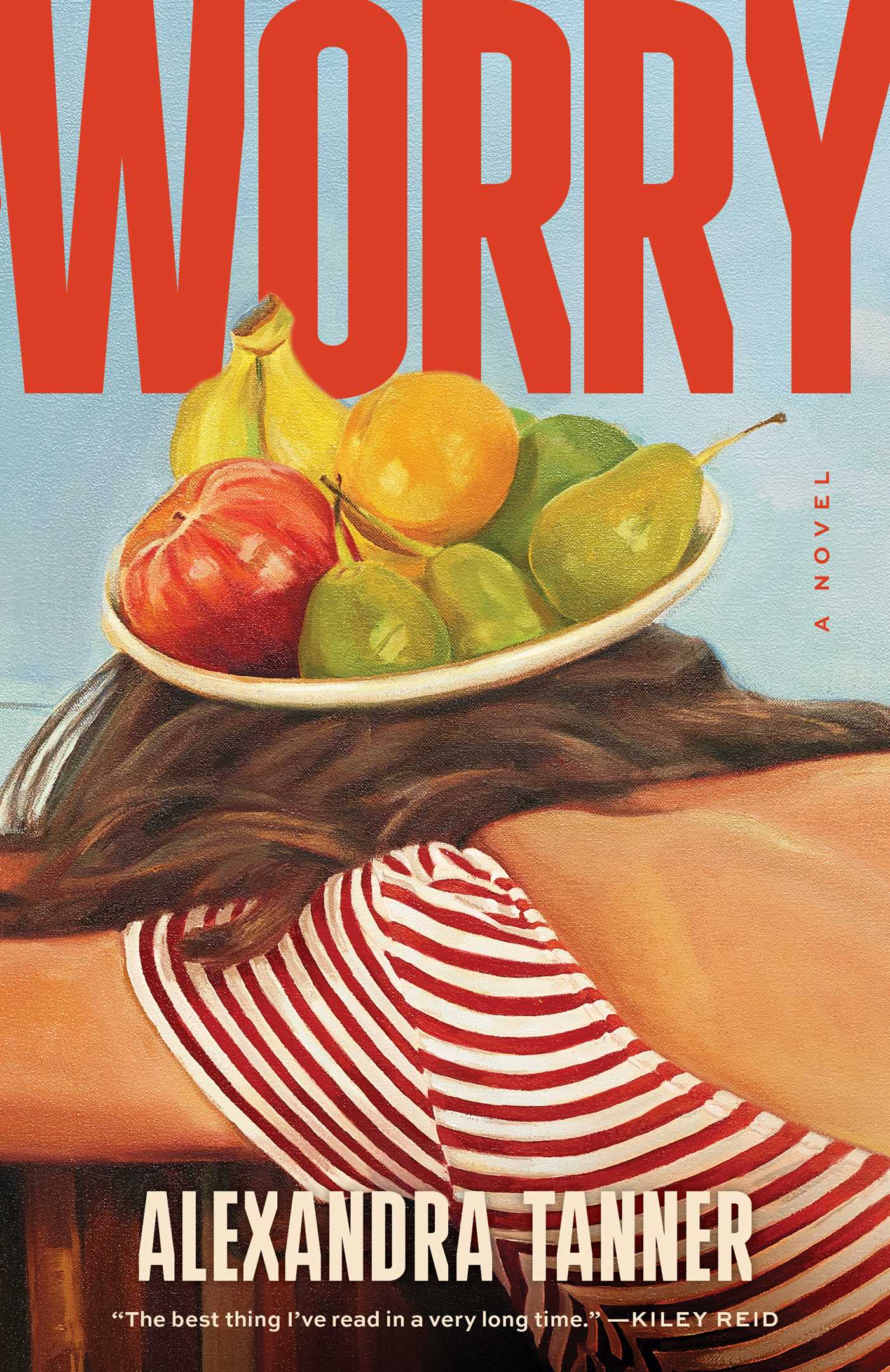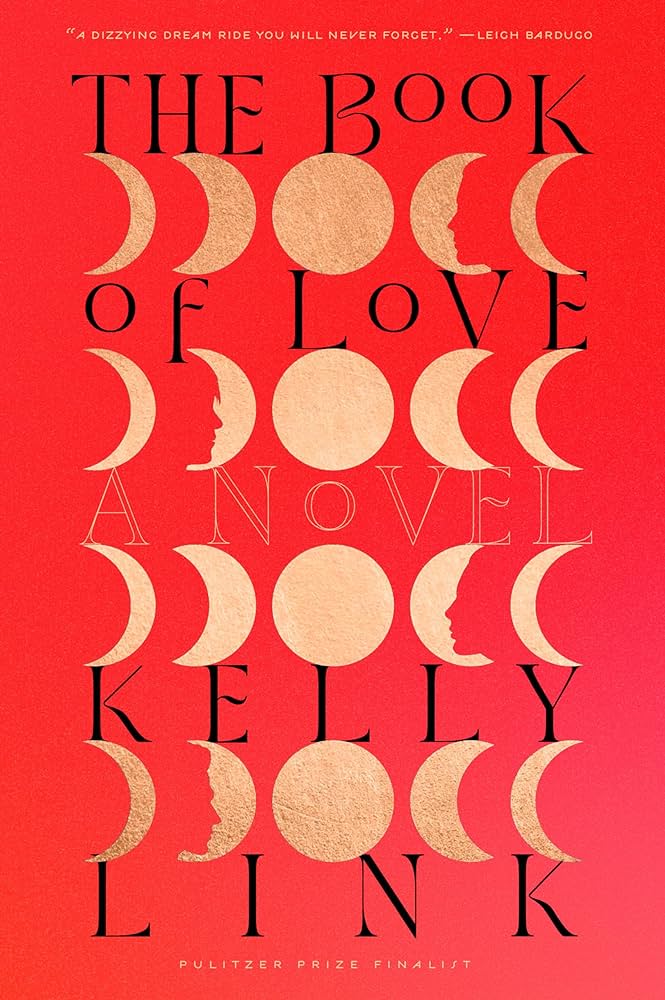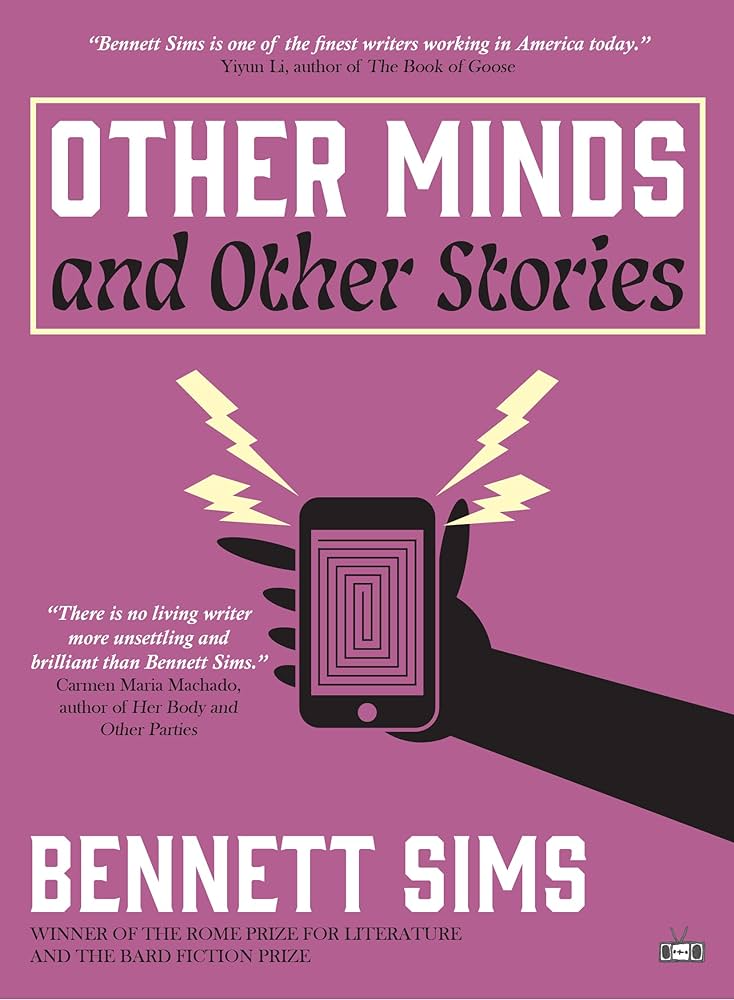If Facebook is making us sad, as a recently published study suggests, by seeming to crop from the picture all things unpleasant, presenting modern life as a sort of celebrity marriage, smiley, brittle and always going somewhere eager with cameras, then the call for meaningful fiction is to restore to the reader some sense of life as it could be, once was and would be again, but for the feeling to make it so. Good fiction colors our understanding of modernity, the train roaring obliviously forward. It sparks in negative space, what gets left behind.
 Carol Ann Page, one of six protagonists populating Kevin Brockmeier’s third novel The Illumination, nearly severs her thumb while cutting open a package from her ex-husband, its tip separating “like the hinged cap of a lighter.” Awaiting surgery, she finds that her wound has begun to glow – and not hers alone. Across the globe, individual pain has begun to emit light, a phenomenon newscasters label “The Illumination.” Carol Ann’s job is to create newsletters, assembling for her market-minded employer a listing of headlines that could sway the Dow’s money-flooded wavering. This world where pain shines out, making quaint any social network’s gloss, is the headline of moment for Brockmeier, one he unreels from thin air. Wonders disaster magnet Ryan Shifrin, a missionary, featured in the novel’s fourth section: “Was it discourteous to admit that you could see a person’s sickness playing out on the surface of his body?”
Carol Ann Page, one of six protagonists populating Kevin Brockmeier’s third novel The Illumination, nearly severs her thumb while cutting open a package from her ex-husband, its tip separating “like the hinged cap of a lighter.” Awaiting surgery, she finds that her wound has begun to glow – and not hers alone. Across the globe, individual pain has begun to emit light, a phenomenon newscasters label “The Illumination.” Carol Ann’s job is to create newsletters, assembling for her market-minded employer a listing of headlines that could sway the Dow’s money-flooded wavering. This world where pain shines out, making quaint any social network’s gloss, is the headline of moment for Brockmeier, one he unreels from thin air. Wonders disaster magnet Ryan Shifrin, a missionary, featured in the novel’s fourth section: “Was it discourteous to admit that you could see a person’s sickness playing out on the surface of his body?”
The Illumination is philosophically rich. Absent, though, are sequences of sweeping wonder, commuters leaving open car doors dinging, the arthritic mother’s curled hand turned blindingly bright, a daughter crying at her feet. The Hollywood, that is. Instead, the great majority of people ticker by like notations on a reel, an effect Brockmeier duly cultivates. The novel’s final protagonist, Morse Putnam Strawbridge, a vagabond bookseller for whom the streets are home, observes passersby:
On the corner, beneath the black canopy of a newsstand, he saw an abscessed tooth blazing like a newborn star. The stacked blocks of a degenerative disk disorder came leaning out a taxi. Behind the window of the drugstore were a pair of inflamed sinuses, by the counter a shimmering configuration of herpes blisters, on the bench a lambent haze of pneumonia.
There is a lot of this sort of thing, visible maladies without people behind them. No Irvine Welsh, no Jeanette Winterson, no Bob Dylan – nothing nearing visceral incoherence here.
An adept of sci-fi, a maestro of metaphor – The Illumination teems with it – Brockmeier is much more the miniaturist, excelling at the otherworldly, while taking intense interest in arcana, whether of character, practice or feeling. The novel’s uniting thread is a journal passed intentionally, and otherwise, from one character to the next. Within its pages, in a deceased woman’s handwriting, is a collation of her husband’s “I love you” notes, one of which he wrote for every day of their marriage. (J. Robert Lennon has an unnervingly funny spin on this kind of passion in flash fiction piece “Flowers” from the collection Pieces for the Left Hand.)
It is exactly the Babel-like vertigo of such a project, a love note for every day – every day – of a marriage, that Brockmeier makes the centerpiece of his novel, and an ample one at that. For the chances that it will lose its original meaning, just like those maladies strolling by in the streets, are legion. Carol Ann, having been gifted the journal at the hospital immediately prior to its subject’s passing, wills a relationship to the words on the page from her empty house: “I love to wake up in the middle of the night and listen to you sleeping (Carol Ann, she added): the funny noises you make when you dream, the tiny pop of your lips separating.” “You’re too sweet,” Carol Ann says back to the journal, “Stop it.”
Conceptually resonant, The Illumination opens up a flood of dramatic possibility it never quite harnesses. Would standards of beauty change, the photogenic and suffering claiming coverage over the callow and posturing? Is it possible the healthy might begin to envy the ill’s glow – or, conversely, find stigmatizing them to be simpler? (One section, among the novel’s best, does track attention-starved teens carving up their bodies for effect.) Would the elderly, in their abundance of light, attract greater reverence? Would boxing become as popular as football, a veritable fireworks display, competitors honing in on their opponents’ most brilliant spots, blinded in the approach to triumph? How would boardroom deal-making differ if the entire room could see Ken Lay’s stomach flip when professing that the fundamentals of his company were sound? What about the divide between bodily and psychological pain?
What we get instead, among the lonely assortment, is Nina Poggione, a novelist with a mysterious illness, sores blossoming on her mouth one after the other, the worst kind of light show. At a book signing, she receives a t-shirt that reads ‘FICTIONAL CHARACTER.’ Engraving signature after signature on the page she marvels at its form, the limit of her agonized apprehension: “It was like the pattern she had once watched a moth draw with its wings in the condensation on her bathroom mirror.”








